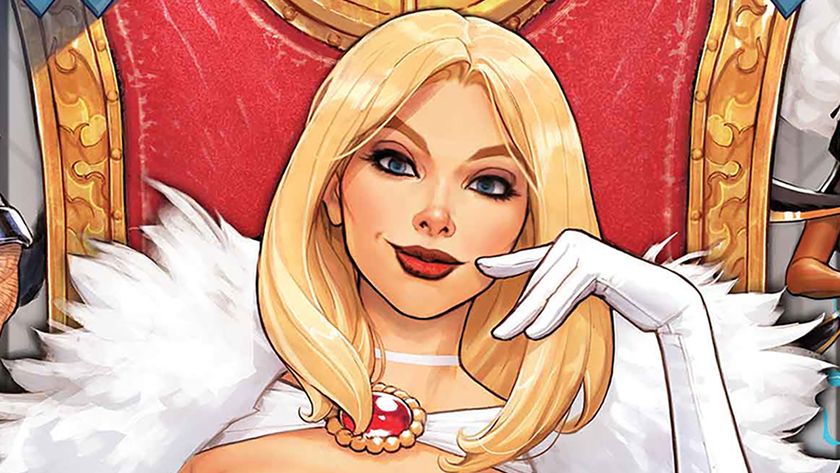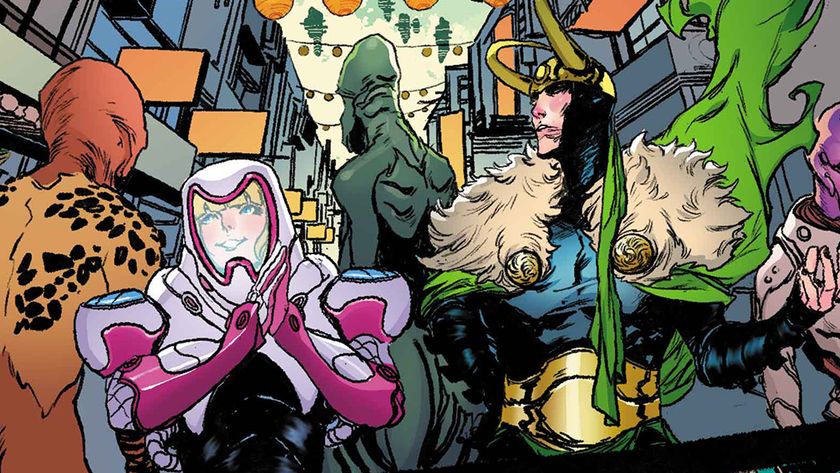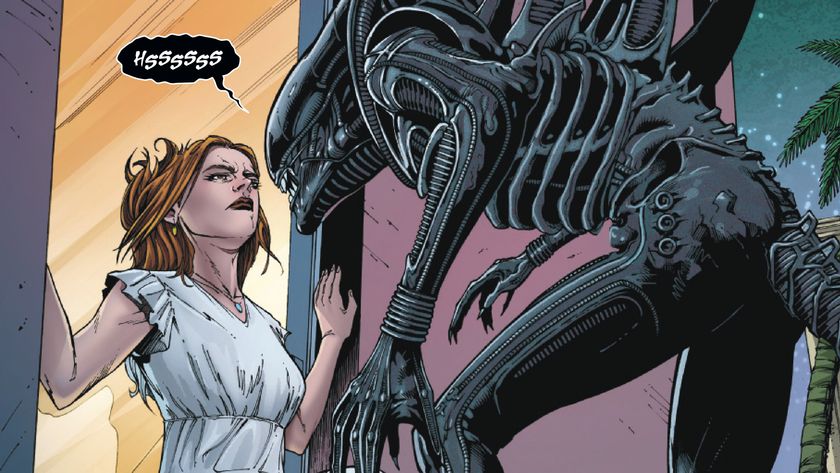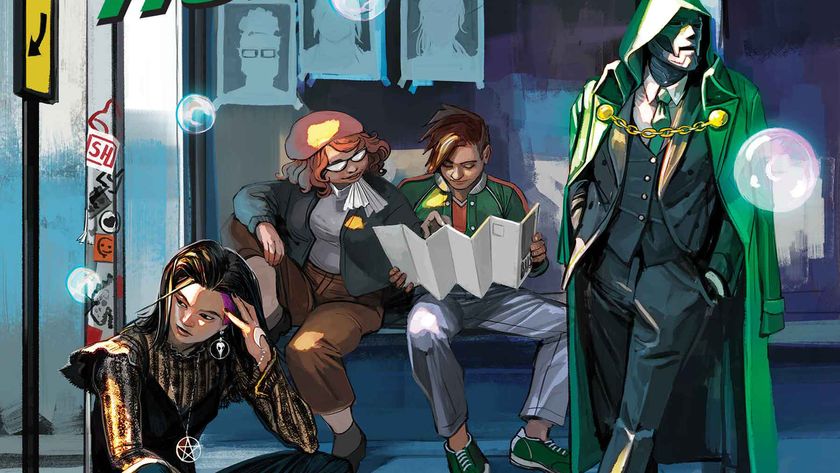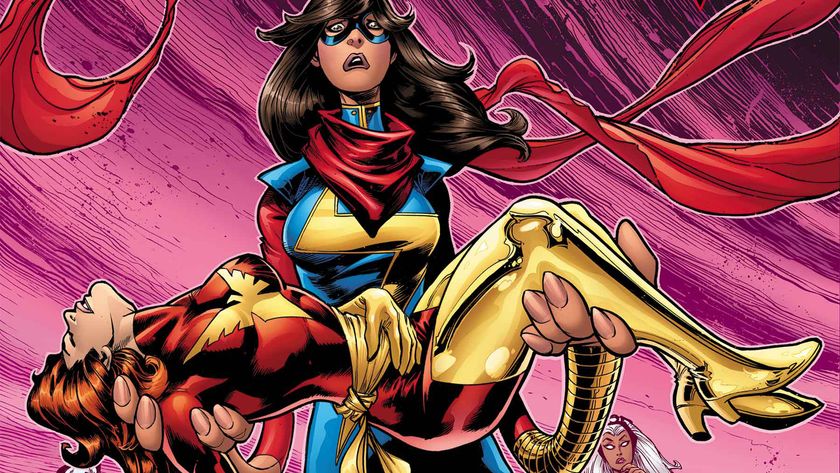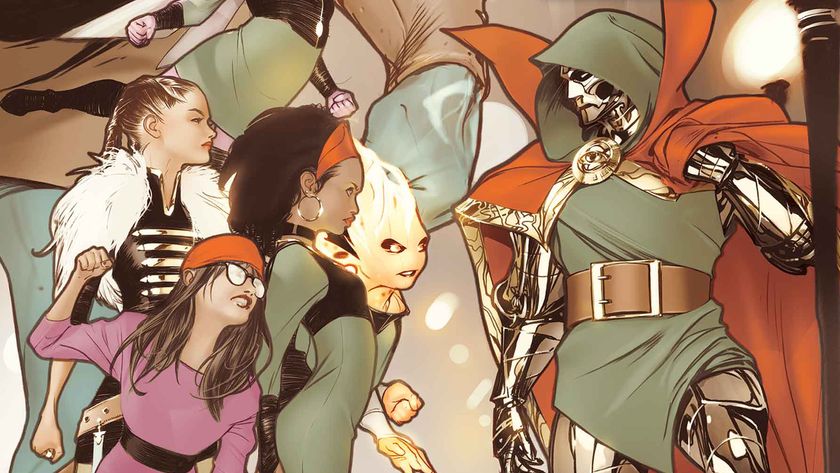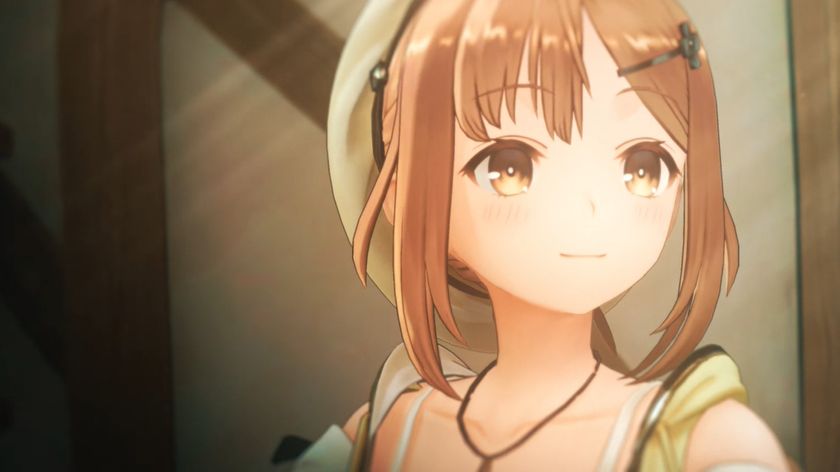Review: Wonder Woman by Brian Azzarello and Cliff Chiang "a virtual treatise on the concept of superheroes as modern myth"
The entire three-year run
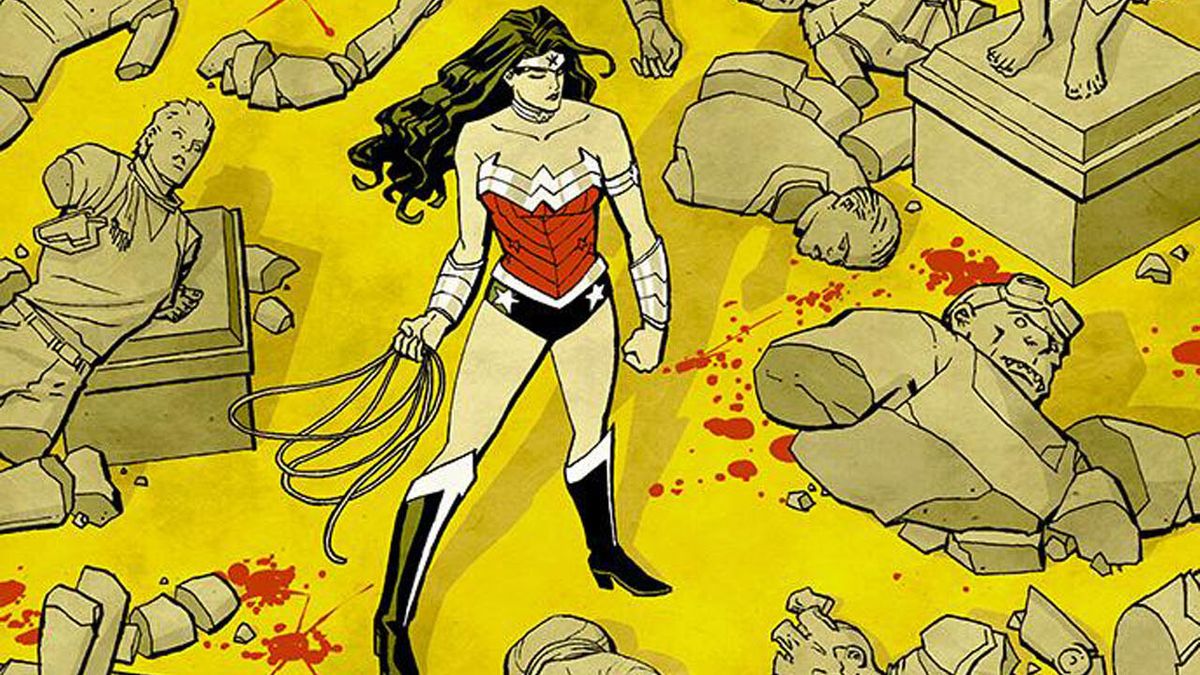
Brian Azzarello's Wonder Woman started with one of the strongest high concepts of DC's 'The New 52' era. Its solicitation declared that Wonder Woman was the only force defending humanity from the whims of the cold, unfeeling gods. And while this does peek through, a better statement would be that Diana is the moral center the gods' lack. Perhaps this is why Diana rarely feels like the book's focus, even when Azzarello tries to draw down on her personal journey.
While Wonder Woman may have wound up being one the strongest, most artful titles of 'The New 52', it may also be one that serves its title character the least.
Written by Brian Azzarello
Art by Cliff Chiang, Tony Akins, Goran Sudzuka, and Matthew Wilson
Lettering by Jared K. Fletcher
‘Rama Rating: 7 out of 10
Wonder Woman can be sub-divided into two halves: before Diana slays War and takes his title, and after. Wonder Woman begins in media res, a state it maintains, almost defiantly, for much of its first arc, which shoulders Diana with the responsibility of protecting Zola, a young woman pregnant with the last of Zeus’s progeny.
While Azzarello quickly endeavors to establish a status quo, his headfirst approach to the wordplay that characterizes his take on the Olympians leaves Diana herself feeling like something of a cipher far too many issues into this reintroduction. Azzarello's method of course correction is to begin establishing a spider web of relationships for Diana, planting the seeds for the dynamic that becomes the true heart of the book, but also beginning Diana's reliance on other characters to find any life of her own.
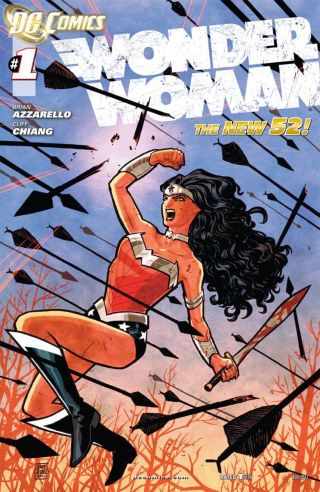
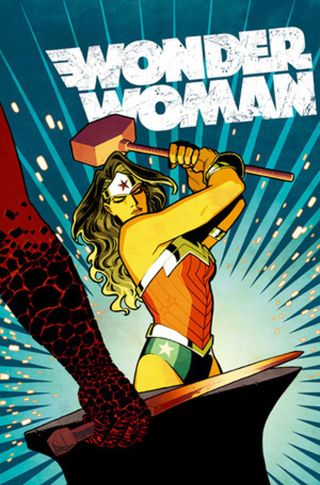
From the get-go, however, there are questions about whose story this actually is. Diana and Hermes spend more than 20 issues protecting Zola and her son, Zeke against an ever-growing pantheon – including Poseidon, Hera, Hades, and Apollo, not to mention surviving Hell itself (where Diana endures a forced marriage plot right out of the '50s). But the story seems far more concerned with Zola’s baby and the ever-growing cast of Diana’s makeshift family than with Diana, the title character. So much so, that by the time Diana kills War and is given his godhood at the end of the book’s first half, it feels disjointed to finally see Diana given such a compelling arc, despite the development's foreshadowing throughout the preceding issues. By the story’s end, when she finally marshals her forces, taking control of the conflict, this decisiveness comes so late as to feel almost token, like it hasn’t been earned, but is where we must arrive.
The problem is, rather than building a foundation for Wonder Woman using Diana as the base, Azzarello explores Wonder Woman's core values by showing us everything that she is not, establishing a staggering wall of dichotomy between Diana and nearly everyone else in her life.
War is ruthless, but Diana is merciful. Orion is impetuous, but Diana is measured. First Born is relentless, but Diana is compromising.
Comic deals, prizes and latest news
Get the best comic news, insights, opinions, analysis and more!
Though these relationships are crafted with a textured approach to language that fortifies the obvious beats with subtle cues, too often they leave Diana in a position where she must be everything to everyone and therefore comes off feeling too much like nobody in particular to the reader.
Even Diana herself has questions of her identity, alternately insisting to her mother that she is not Diana, she is Wonder Woman, all the while telling others that Diana is who she is, and Wonder Woman is something she does. This pitting of her role versus her identity is only hastened by her issues with her Amazonian sisters, who call her "Clay" – yet another name with which Diana does not identify - and startling revelations about her birth, the true nature of the Amazons, and her reluctance to take up the mantle of War.
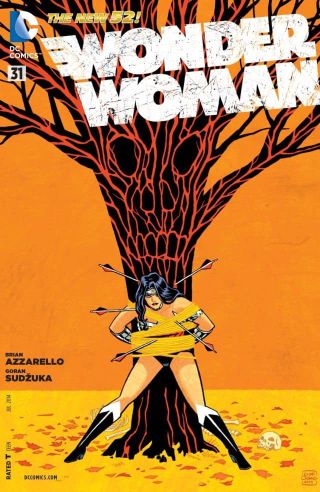
Azzarello's masterful use of language provides the building blocks for these many counterpoints, with delightfully crafted linguistic conceits offering clues as to Azzarello's intent, or bookending even large swaths of the story, such as Apollo and Strife's twin raised/razed puns at either end of the run. It is also shown in more macro ideas, like when Diana becomes the God of War. Orion, whose 'hunter from the stars' connotation, irascible arrogance, and iron-fisted utopian homeworld reveals one of the most succinct dichotomies with the titular Wonder Woman is often called the Dog of War, a fact we are reminded of every time someone says he "fights like a dog," or is as "obedient as a dog." It's a subtle, almost silly linguistic device, but the God/Dog mirror captures perfectly the difference between Olympus and New Genesis and is emblematic of Azzarello's intentionally poetic, playful scripting.
Though Azzarello so often fails to connect the Diana of his story to the Wonder Woman of the pre-'The New 52' years, he does prove a strong grasp on the themes underneath creator William Moulton Marston's vision of Wonder Woman, if not necessarily their intent.
Early on, Azzarello works in many recurring thematic touchstones, displayed in scenes like the Smith's insistence that Diana's lasso is "not a weapon," just "the truth," though she quickly proves that in her hands "truth is a weapon." It mirrors later scenes of War telling Diana that weapons are truth, a motif that shows up again in his final, posthumous appearance towards the end of the series. Beyond “truth,” Wonder Woman’s most prevalent themes are trust and submission, a concept that drives much of the book’s second half, which Zeus’s First Born as he attempts to seize Zeke, kill the Gods, and ascend the throne of Olympus.
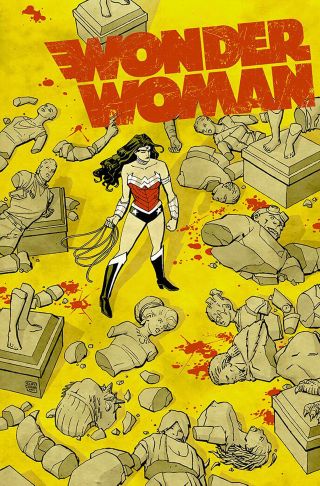
For Diana, trust is her greatest gift, and its loss an excoriating blow. Conversely, for Zeus’s First Born, trust is an impossibility. All he knows is abject rejection; how could he trust anyone to do anything but mistreat him? Late in the book, there is a scene in which Diana offers Moon a rematch of their previous fight in exchange for her help in finding the missing Zola. Moon entreats Diana to surrender, seeing her beaten. Diana agrees, knowing this trust will win her Moon's favor.
Diana's submission is consenting; she trusts Moon because she is asked to, not because she is forced, with Moon even expressing puzzlement at Diana's "loving submission." This is played against Moon's twin, Apollo, torturing First Born into obedience. Apollo's attempts to coerce the First Born into submission are met with defiance. First Born will never submit because he has never been given a choice. As Diana herself says in the book's denouement, submission is about love. First Born cannot be broken, because he knows only hate; he has no love to give.
There are nearly countless callbacks and constructions like this that all build to Wonder Woman's most central components.
Despite the numerous parallels drawn between Diana and other cast members, the relationship between Diana, Zola, and Hera is this book's core. Azzarello does major lifting to establish this triumvirate as an expression of Robert Graves's triple Goddess - Diana the Maiden, Zola the Mother, Hera the Crone - with a scene where all three have brunch, their lives finally normalized, truly embodying the concept and galvanizing the metaphor. This scene is capped off by Hera explaining to Zola and Diana the difference between mortality and immortality, succinctly saying that immortals are concerned only with the moment, that everlasting life takes away the power of consequence, while a shorter lifespan forces mortals to be mindful of the past and future. This speech is a nice callback to Diana's belief that the importance of life "lies in its brevity," spoken in her first confrontation with Hell.
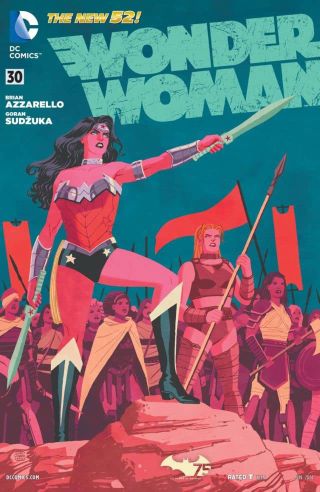
It feels natural then that the entire epic's resolution lay equally with these three women, these three faces of the same archetype. Hera reclaims her throne, grasping and understanding as a mature woman the power she wielded with such impunity in her youth. Diana becomes her own woman, leaving her mother's shadow, accepting War's mantle on her own terms, and fully coming to grips with the true nature of responsibility.
Only Zola gets short shrift. Her reveal as a vessel for Athena is so central that it is one of the book's true missteps, with the only real hint toward her true identity given before the revelation a seemingly throwaway line as Apollo calls the Olympians to court. With so much effort placed in establishing the disparate components of Wonder Woman's core literary motifs, it seems blatant that the Athena reveal would not have been better foreshadowed. Somewhat fittingly, however, the entire story ends on a pun, with Athena, in owl form, leaving Zola’s mortal shell behind to care for Zeke, the reborn essence of Zeus. When Diana explains what happened, thanking Athena for her grace, Zola simply responds, "Who?"
The frustrating part of all of this is, despite this literary depth and linguistic attention to detail, Wonder Woman rarely feels like Diana's story. Azzarello crafts an expansive ensemble cast, most of whom are admittedly designed to play against specific aspects of Diana's personality, but who, in doing so, leave Diana feeling more like a receptacle and refraction of their traits than a fully-formed character on her own.
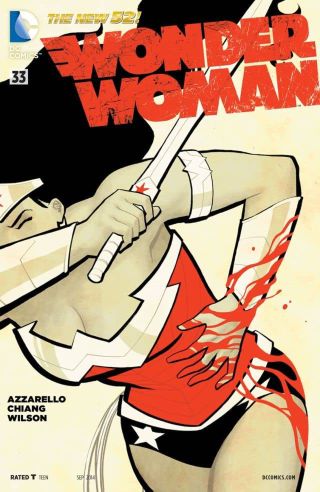
Though she is at the center of the story's events, she is primarily reactionary. Her decisive moments are key, such as sparing the Minotaur and killing War to stop First Born, but too often she stumbles into their results feeling more like a pawn than a player, even only embracing War's mantle when Moon forces her hand. Still, were Diana not the titular character, it would be easier to forgive her function in the story. As it stands, Wonder Woman feels less concerned with codifying Diana than with exploring the larger myth cycle.
Further, there are so few dropped threads that those moments and concepts that do fall flat are downright glaring, be it the lack of build-up to the revelation of Zola's true nature, the moment when Diana, out of character even in Azzarello's own story, calls Strife a "bitch," or the mystery of why exactly Diana wears her cuffs, and what power is being held back by their presence. This is the device that seems would have been most worthy of further exploration.
Tying in closely with Diana’s philosophy on submission, the revelation of Diana’s gauntlets as a restraint for some deeper power or aggression comes in close proximity to Diana’s declaration that she won’t be bound, even by her own weapons. And while this idea does resurface, it’s never fully explored, leaving one of Wonder Woman’s best metaphors for restraint unresolved.
Perhaps the most glaring flaw of this series, though, is the conceit that the Amazons ventured into 'man's world' to propagate their culture, casting male children aside. While this is classically informed, Azzarello's handling of the idea adds so little to the larger narrative that it's hard to see it as anything but a bad call; a choice that would fit with his morally grey world if it took less than another 30 issues to circle back to, or amounted to more than a literally nameless, faceless mass of bodies thrown at First Born's feet. In the end, all this really accomplishes is to take something away from Wonder Woman's mythos, and not even with good reason. The purity of the Amazons is already in question enough thanks to their treatment of Diana that, by the time this idea comes and goes in a single issue, it is almost baffling.
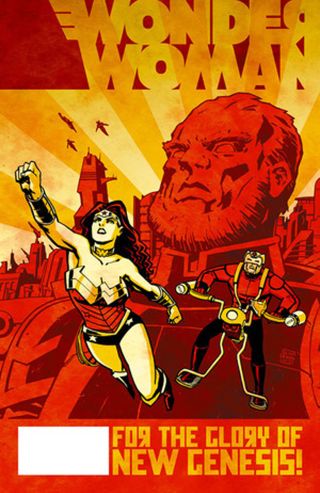
Fortunately, Azzarello's writing is only half the story here. While Azzarello's script delivers a well-manicured but deeply flawed take on Wonder Woman, Cliff Chiang's artistic involvement is all but spotless.
Chiang's Silver Age informed aesthetics play perfectly with Azzarello's classically mythological sensibilities, creating an environment of magical turpitude that is just shocking enough when played against the marble columns and clean lines of Diana's world and her brilliantly designed family. Chiang's designs are a breath of fresh air, drawing on unexpected, cutting-edge theories of each of Olympus's denizens to tell a story with each design. From Hell's unexpected brightness to Sun and Moon's inverse luminescence, to Dani's foxtail and fangs, each design highlights apt but less obvious aspects of their personality. Even Milan, Azzarello's bizarre homage to late outsider artist and musician Wesley Willis, captures the late singer's look while balancing it with elements that are as unseemly and unsettling as their host.
When Diana's story expands into its only brush with the larger DCU, bringing in Orion and New Genesis, Chiang delivers an update of Orion's look so perfect that it makes the mind ache to wonder what an entire DC universe designed by his deft hand would look like. That 'The New 52' erred in a decidedly safe, well-trod direction leaving Chiang's vision as the bright spot among DC's house style ridden catalog is tragic for DC at large, but absolutely triumphant for Wonder Woman.
If Chiang's work has any major flaw, it's that he didn't draw every single issue of the series. Of course, back-up artists Tony Akins and Goran Sudzuka held their own, covering more than a third of the run between them. That both artists have a history at Vertigo - like Azzarello - shows Wonder Woman's commitment to breaking the artistic mold. While each fill-in artist has his strengths - Akins matches Chiang's energy levels nicely, and captures the personality of each character with aplomb, while Sudzuki comes closest to Chiang's line quality and storytelling - it is with good reason that Chiang is given the book's most crucial moments.
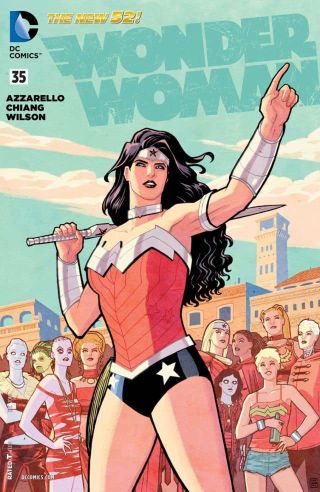
Chiang also provides the covers for each issue, which, even in his own issues, often amount to the most stunning part of the book. Chiang also designs nearly every character and element of the entire run, building a consistent visual language that defines and codifies Azzarello's vision. Adding to this throughline is all-star colorist Matthew Wilson, present for all issues of the series, whose masterful colors are often the visual glue that holds the title together. Wilson's palette perfectly balances the muddy, bloody underbelly of the world of the Olympians with the ultra-modern, over-civilized atmosphere of the modern world, building a bridge between Chiang, Akins, and Sudzuki's work that stabilizes Wonder Woman's visual continuity in a definitive way.
In the end, Wonder Woman will likely be remembered as a beautifully crafted example of the potential of the superhero medium, as well as a stunning example of the pitfalls of trying to revitalize a character with 75 years of history without touching on most of that legacy. A virtual treatise on the concept of superheroes as modern myth, if this had been a Vertigo title, or a creator-owned book, with new characters that carried no connotations or inherent expectations, its canny worldbuilding and the lyrical script would carry better weight. However, even then, the central themes of trust, submission, and truth would not resonate nearly as well without their historical ties to Wonder Woman as a character.
It's this dichotomy, this contradiction that perfectly sums up Azzarello and Chiang's vision of Wonder Woman. Here was a title that truly understood its main character's core values, and endeavored tirelessly to honor the legacy of her creator, and yet could not find a way to do so and still meet the expectations of her greatest fans. This is a title that clearly identified all the things Wonder Woman isn't, and yet had a difficult time pinning down exactly who she is. Wonder Woman, under Azzarello and Chiang, was a title more indicative of the potential, the talent, and the style that should have personified 'The New 52,' and yet, even it missed the mark on truly redefining its subject for the 21st century.
I've been Newsarama's resident Marvel Comics expert and general comic book historian since 2011. I've also been the on-site reporter at most major comic conventions such as Comic-Con International: San Diego, New York Comic Con, and C2E2. Outside of comic journalism, I am the artist of many weird pictures, and the guitarist of many heavy riffs. (They/Them)
